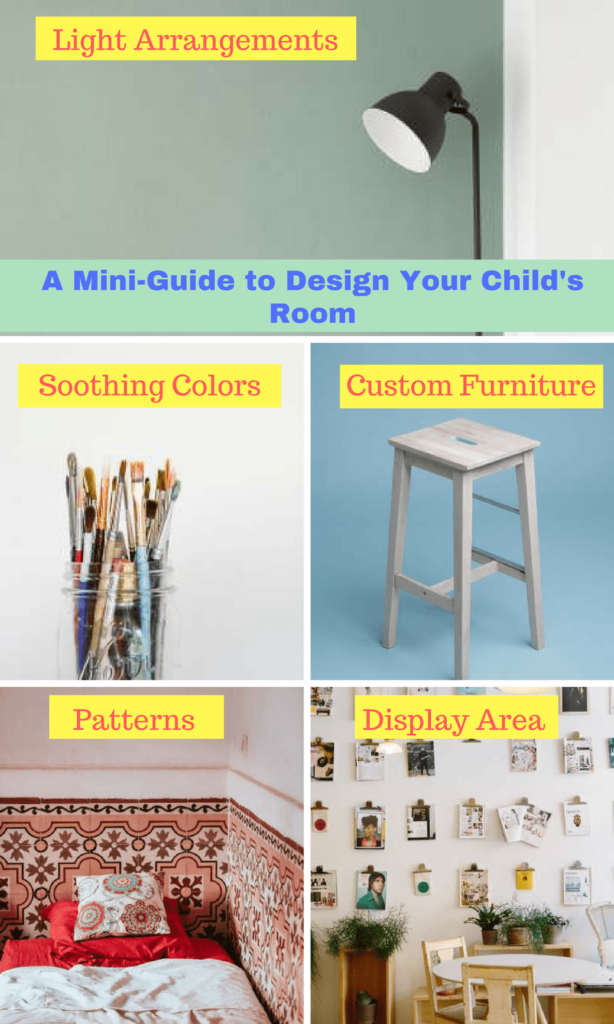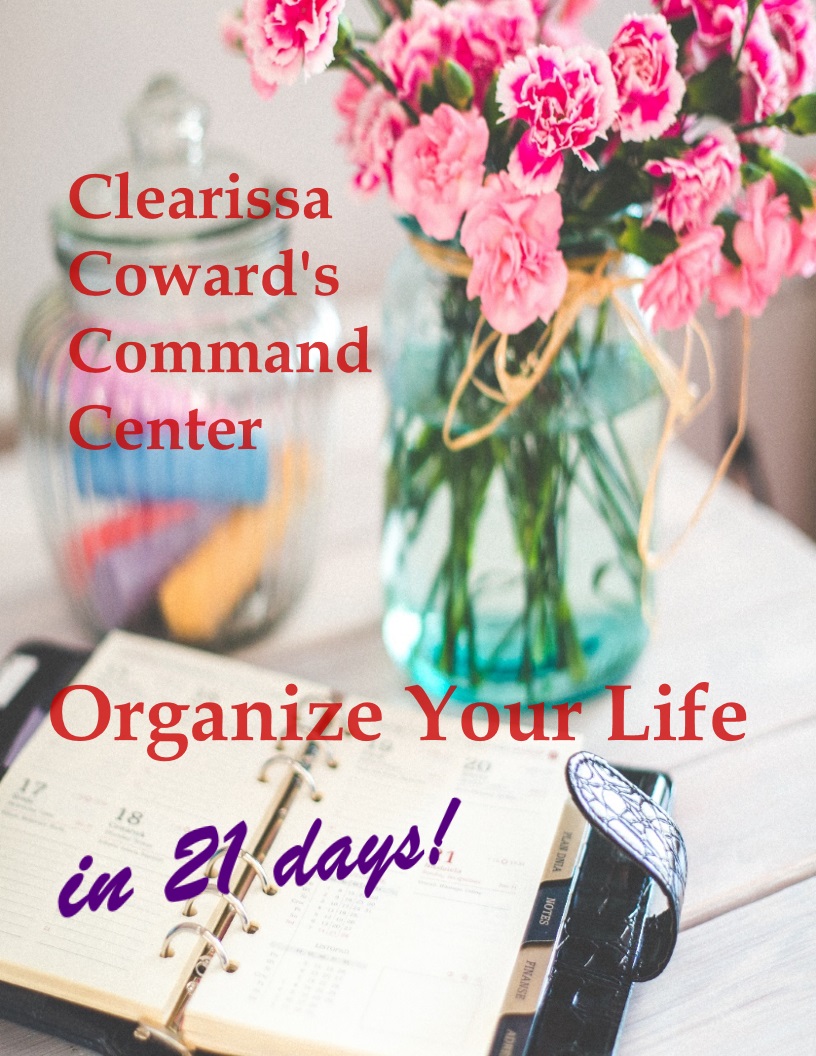From the Desk of Clearissa’s Command Center – Divinely Organized
A Mini-Guide to Design Your Child’s Room
Every child deserves a place in the house where he/she can spend quality time studying, playing, doing projects, and doing schoolwork. There are a few necessities that every Child’s Room should have. We will share a few below.
There are affiliate links within this post. However, all opinions and ideas are my own. Clicking on and using the links to purchase products does not increase your cost at all. See my complete policy here. I appreciate your support.
First of all, the place should be peaceful, quiet, and kid-friendly. It should be away from the disturbances of the home, yet close enough so that parents can reach them in case of an emergency. It must also be furnished in a way that will encourage creativity. In short, your child’s room should never be austere and dull.
But, the central question is–Is it possible to transform your child’s room into something enchanting on a small budget? Yes, it is possible. You can modify it entirely with a very little money. You just need to be creative.
Light Arrangements:
The lighting arrangement for any room in your house includes balancing the task lighting with ambient light. However, while designing your child’s room, you must also consider the third element as well: night lights. Some children do not like to be left alone in a dark room and they require a little ambient lighting during the night. You can also choose table lamps over wall lighting. But be careful that young children cannot pull table lamps over.
Choose Soothing Colors:
Many parents think of either blue or pink colors when it comes to decorating their child’s room. These two aren’t the only color options as you can explore and try many other colors.
You can choose soothing colors such as peach, lavender, pale green, or lemon light yellow. There are many colors on the color wheel that are appropriate for a child’s room. Even neutrals work well in a nursery and /or child’s room
Custom Furniture:
Create a list of items that are actually required in the room, such as a desk, bookcase, stools, etc. After making a list, age appropriate of course, you can customize the room to your child’s needs. Whether you have custom-made furniture or ready-made, the important thing is safety. Make sure dressers are bolted to the walls and TVs, if there is one, is mounted on the wall as well. Ensure safety hinges are on toy box lids and table lamps are out of the reach of young children.
Minimum Patterns:
One common factor in the room of all children is that things do not typically stay in place for long periods of time. Particularly during and after playtime. A child’s room can become chaotic and disarranged quite quickly. To solve this, we suggest providing bins and low lying storage options so the children can learn to put their own toys away. Also, many professional interior designers recommend using limited patterns in kid’s rooms. The use of solid colors will help the room look less cluttered. If you like patterns, try using it bed linen and rugs to accessorize using pattern. And if you do go bolder and the wall decor includes a design or mural, you can balance that pattern with bed solid linens and soft, solid rugs.
Provide Display Space:
When designing your kid’s room, make sure you allocate space a display area. Children take pride in artwork and trophies and want those things displayed for all to see. And think about it, if there is a display space in the child’s room, your refrigerator will be less cluttered as well.
A display space can be created using inexpensive items such as ribbon or sheets of cork with clips. You can also add a chalkboard, magnetic board, and pinboard to complete the storage area.
Summing It Up!
Ask yourself, what does a math tutor need to solve the equation? He/she needs a pen, blank paper, a calculator, and more importantly, a tranquil surrounding. The bottom line is that children require a separate, safe, streamlined space of their own. Remember, a child does multiple activities in the room. Therefore, you must define different areas in the room according to your child’s purpose, needs, and motivation.
Author bio:
Note: This article was written in collaboration with a tuition agency in Singapore, https://smiletutor.sg The collaboration with James who is a teacher by profession and an entrepreneur by passion. He has years of experience in consulting with parents and their children.
Don’t forget to check out my eBook; Organize Your Life in 21 Days. It is available for download and has a variety of small projects to help you take on and complete organizational projects. Some you may not have even thought of. Get your copy today.
Never miss another article, tip, real-life experience or project. Get them delivered directly to your email. Subscribe today! And let’s stay connected.
If you liked this post, you may also enjoy this one. Also, I want to thank you guys for all of the support you show to me and my blog. I feel so blessed because of you.
Until next time…I remain in my Element – God Bless!
Published:
Interviewed/Featured:
Homeyou
WPBlogging 360
Hobsess
Don’t forget to share this post with your friends. I greatly appreciate it.
XOXO,









Great tips! I’m saving this post for my granddaughter’s room someday!
Good tips! I wish I had had you to help me when my kids were young!
Hi Helen. Thank you. I am really happy that you enjoyed the article. 🙂
Hi Amy, That is a great idea. This article will be a great starting point when you do or redo your grandaughter’s room. Have fun and thanks for stopping by.